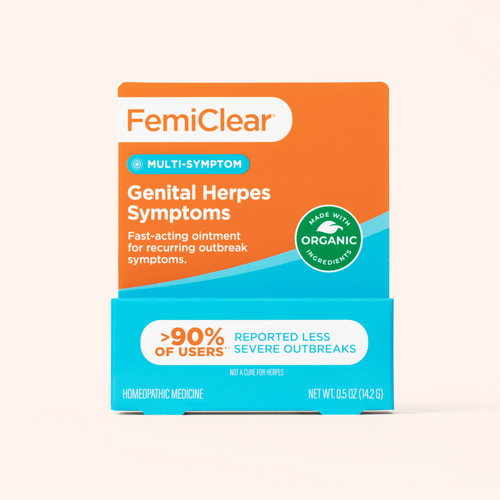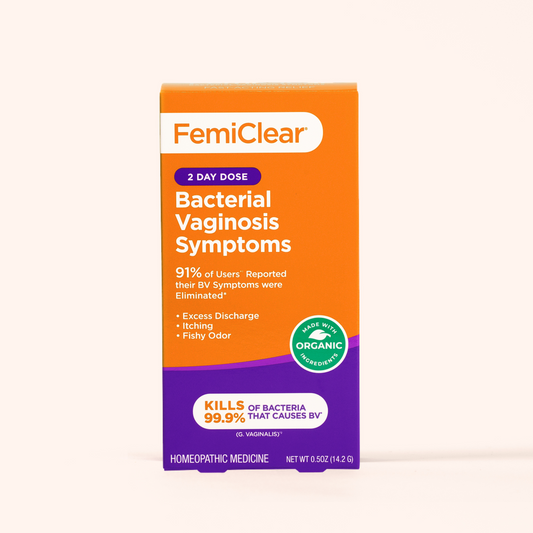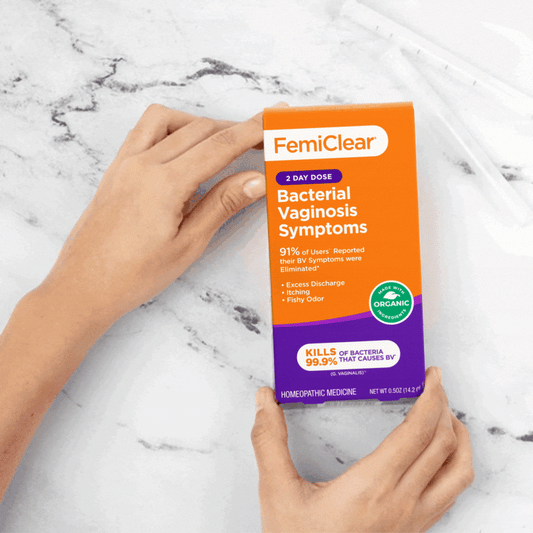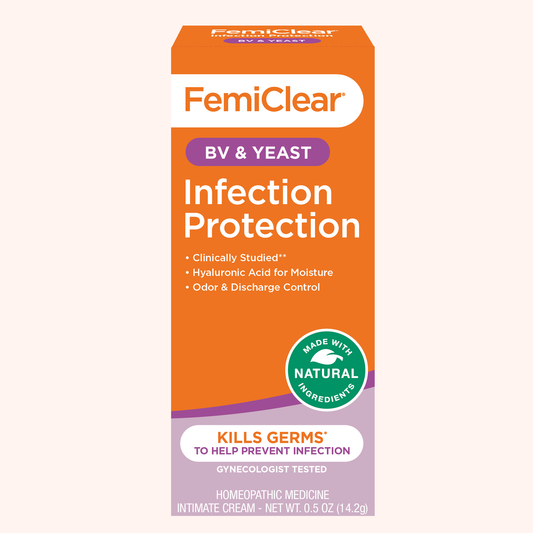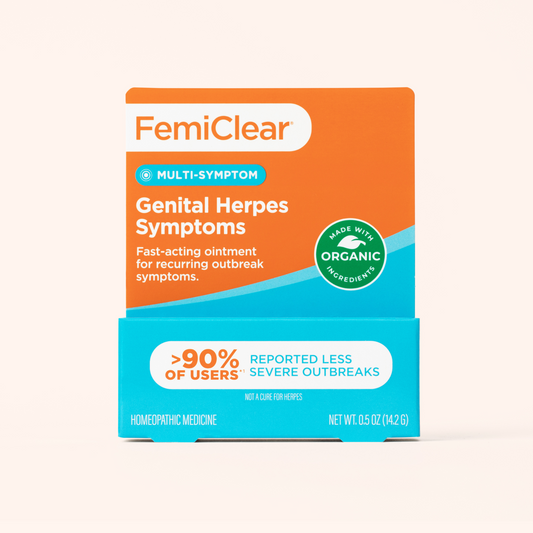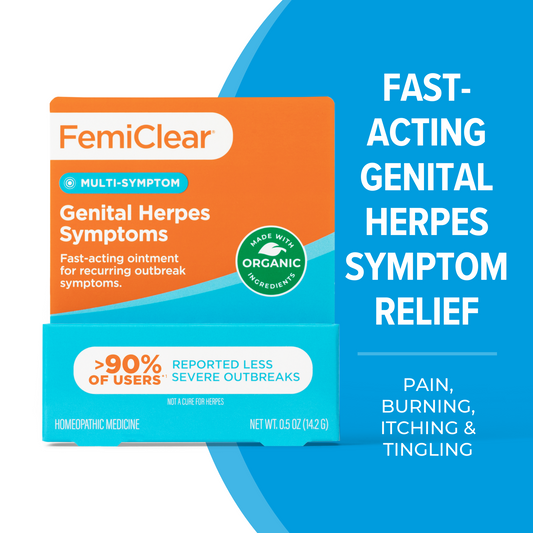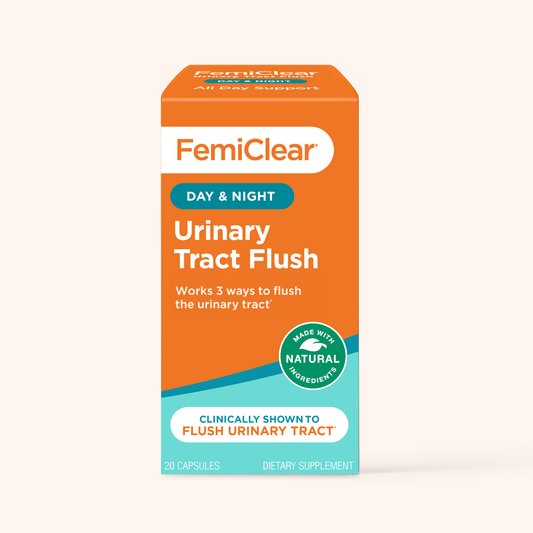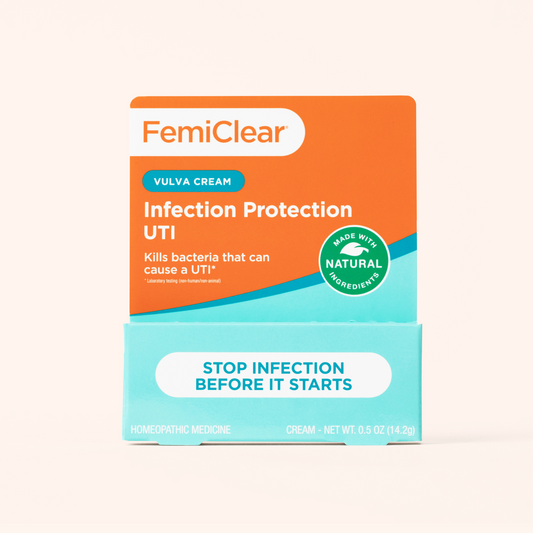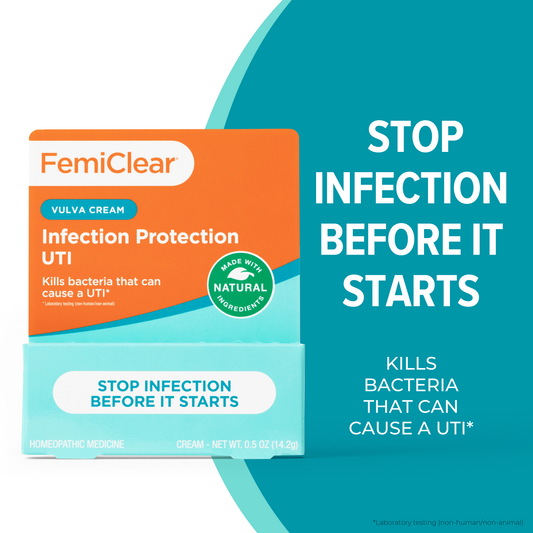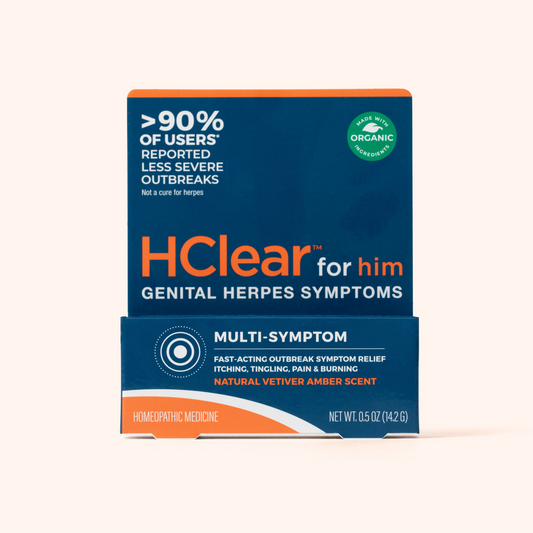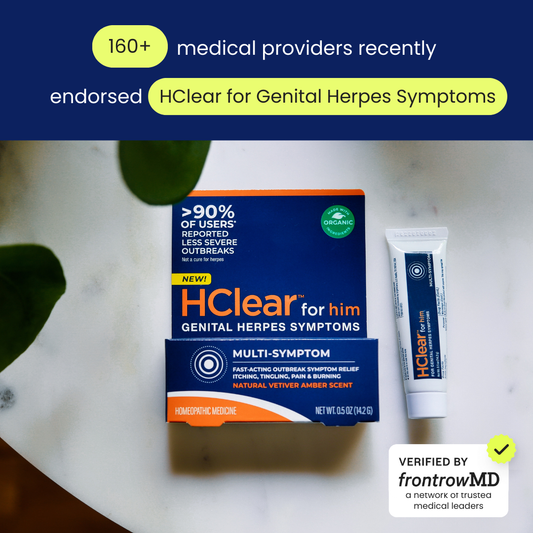Table of Contents
What is Trichomoniasis: Symptoms, Treatment and Prevention
Written by Carolina Garcia Apr 08, 2024

What is Trichomoniasis?
Trichomoniasis is more than just a challenging word to pronounce; it’s a widely prevalent STI, yet it remains largely unnoticed due to its ability to exist without symptoms in most cases. It notably affects millions, with over two million infections reported in the United States in 2018 alone. Interestingly, it is more common in women than men, and the risk increases with age. Despite its widespread nature, only about 30% of those infected show noticeable symptoms, highlighting the infection's often silent impact.
The infection, caused by the parasite Trichomonas vaginalis, is a master of disguise, mimicking symptoms of other common conditions and complicating its detection and treatment. This guide is designed to cut through the confusion, offering clear insights into Trichomoniasis symptoms, risks of transmission, and prevention strategies.
Symptoms of Trichomoniasis in Men and Women
Trichomoniasis symptoms don’t always make a loud entrance, often sneaking in without a noticeable sign. However, when it does decide to announce its presence, the symptoms can be uncomfortable and unmistakable. Here's a closer look:
For Women:
- Trichomoniasis Discharge: A frothy, yellow-green discharge with a strong, unpleasant odor.
- Itching and irritation in the genital area.
- Discomfort during urination and sexual intercourse.
For Men:
- Slight discharge from the penis.
- A burning sensation after urination or ejaculation.
- Itching and irritation inside the penis.
Recognizing these symptoms is the first step toward seeking trichomoniasis treatment and getting back to a comfortable, healthy state.
Can a Woman Get Trichomoniasis on Her Own
When it comes to Trichomoniasis, many wonder if it's a solo act, like some other vaginal infections such as BV (Bacterial Vaginosis) and yeast infections. These common conditions can occur without sexual activity, leading to questions about Trichomoniasis' transmission. Here’s the scoop:
- Trichomoniasis, unlike BV and yeast infections, is primarily transmitted through sexual contact. This includes not only traditional intercourse but also sharing sex toys that haven't been properly cleaned.
- It's a myth that a woman can contract Trichomoniasis on her own. Proper hygiene and safe sexual practices are key to prevention.
Are Trichomoniasis Symptoms Similar to Other Vaginal Infections?
Navigating vaginal health can feel like walking through a maze blindfolded, especially when many infections share overlapping symptoms. Here's a more detailed comparison to help identify the nuances between Trichomoniasis, Bacterial Vaginosis (BV), and yeast infections:

Trichomoniasis:
- Discharge: Often frothy, yellow-green with a strong odor.
- Symptoms: Itching, irritation, and soreness in the genital area. Women may experience discomfort during intercourse and urination.
- Discharge: Grayish and thin with a strong, fishy odor, especially after sexual intercourse.
- Symptoms: Itching and irritation are less common in BV compared to Trichomoniasis and yeast infections.
- Discharge: Thick, white, and clumpy (resembling cottage cheese) but usually without odor.
- Symptoms: Intense itching, irritation, and swelling of the vulva. There might be pain during intercourse or urination.
While similarities exist, such as discharge and discomfort, the nature of each condition's discharge and accompanying symptoms can provide clues for a more accurate self-assessment before consulting a healthcare professional for diagnosis and treatment. Remember, a professional diagnosis is crucial for effective treatment, as self-diagnosis based on symptoms alone can lead to incorrect treatment choices.
Navigating Trichomoniasis Diagnosis, Treatment and Medication Options
Diagnosis of Trichomoniasis typically involves a healthcare provider conducting a physical examination and testing samples from the vagina or penis. This may include a lab analysis of a urine sample or a swab from the infected area. Early detection through these methods is key to effective treatment.
Once diagnosed with Trichomoniasis, the path to recovery becomes much clearer with effective treatment and medication readily available. Here's an overview of what to expect:
Trichomoniasis Treatment: Requires a prescription from a healthcare provider.
Trichomoniasis Medication Options:
- Metronidazole or Tinidazole: Available in tablet form, taken orally.
- Topical creams or gels: Rarely prescribed for Trichomoniasis but might be considered in specific cases.
Adhering to your prescribed treatment plan is crucial for a full recovery and to prevent the spreading of the infection to partners.
Ways to Prevent Trichomoniasis
Preventing Trichomoniasis is an active process that involves being informed and vigilant about potential symptoms and transmission methods. Here are some strategies:
Be on the lookout for Trichomoniasis symptoms:
- Men should watch for any discharge, irritation, or burning sensations.
- Women should note any unusual discharge or discomfort.
Best Practices for Trichomoniasis Prevention:
- Practice safe sex, including the use of condoms.
- Maintain good hygiene, especially with sex toys.
- Get regular STI screenings, particularly if you have new or multiple partners.
Awareness and proactive prevention are key to maintaining sexual health and preventing the spread of Trichomoniasis and other STIs.
Written by Carolina Garcia Apr 08, 2024

Multi Symptom Relief for Genital Herpes Symptoms
Kills 99.9% of the herpes simplex I & II viruses*
Learn More